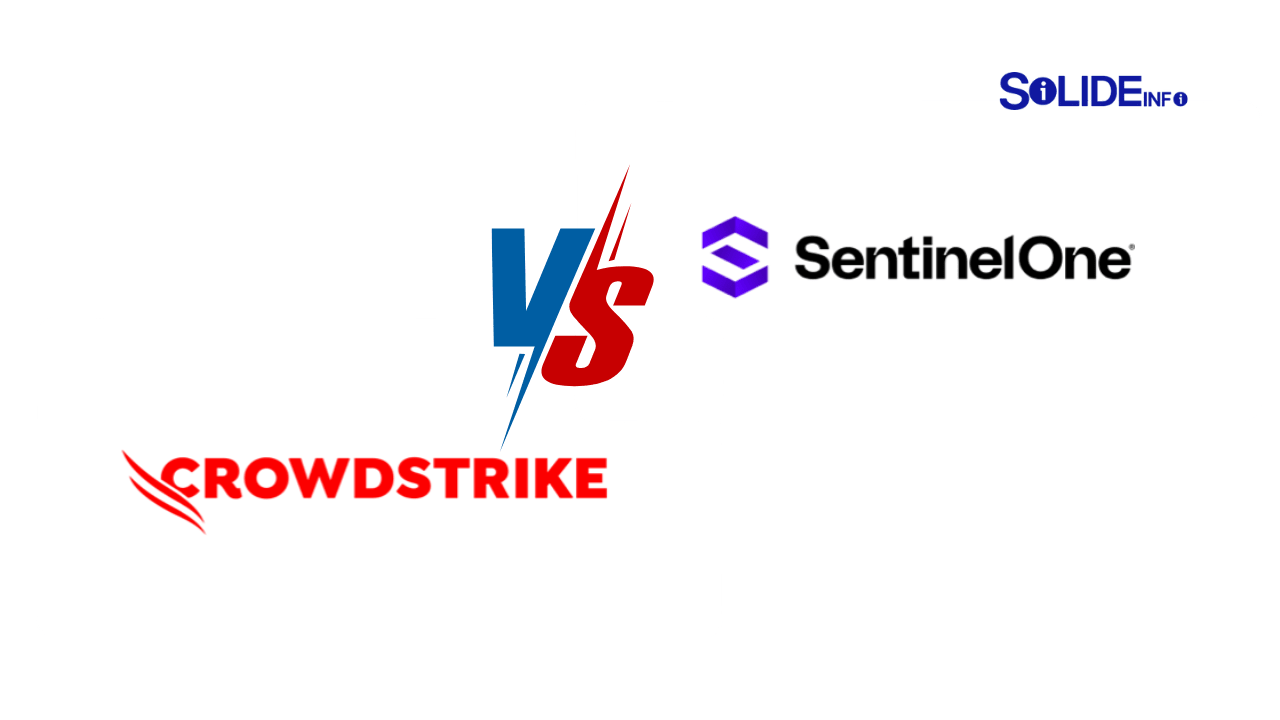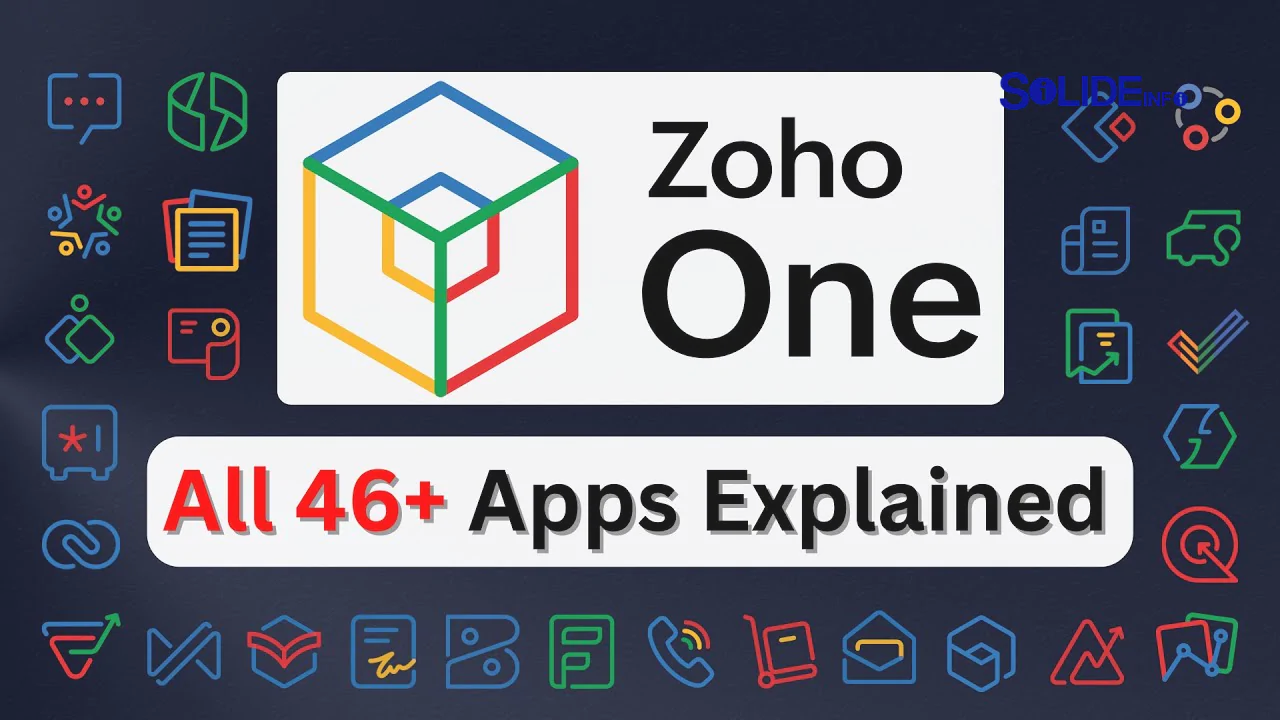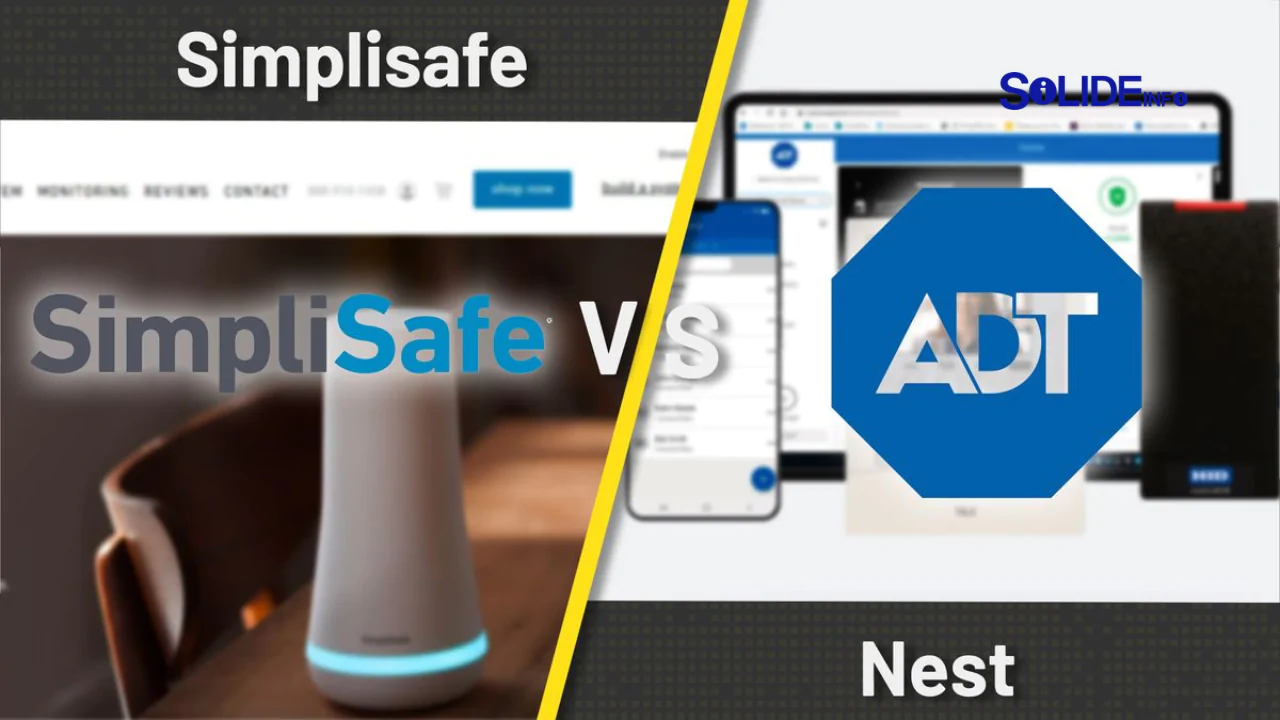CrowdStrike vs. SentinelOne: The Ultimate EDR Showdown for 2026

Let’s face it, traditional antivirus software is about as useful against a modern cyberattack as a screen door on a submarine. The old method of looking for known virus “signatures” is a relic from a bygone era. Today’s threats are sophisticated, fileless, and designed to slip past legacy defenses like a ghost in the machine. Your business has firewalls and email filters, but the most vulnerable and targeted asset you have is the endpoint—the laptops, servers, and workstations your team uses every single day. This reality has forced a massive shift in the security landscape, away from simple prevention and towards intelligent detection and response. This shift has given rise to a new class of cybersecurity titans, leading many businesses to the ultimate security crossroads: the CrowdStrike vs. SentinelOne debate. Both are leaders in the space, offering powerful next-generation endpoint security, but they approach the problem with fundamentally different philosophies, architectures, and capabilities. Choosing the right one isn’t just an IT decision; it’s a critical business strategy for survival in an increasingly hostile digital world.
The Core Philosophies: Cloud Intelligence vs. On-Device AI
Before we get tangled in a web of acronyms like NGAV, EDR, and XDR, it’s essential to understand the soul of each platform. This isn’t just a feature-for-feature comparison; it’s a clash of two distinct ideologies on how to best stop a breach. Understanding their foundational approach will tell you more about which platform is right for you than any marketing slick ever could.
H3: CrowdStrike’s Falcon Platform: The Power of the Cloud and Human Expertise
CrowdStrike was born in the cloud and its entire architecture revolves around this central concept. Its lightweight agent, installed on each endpoint, acts primarily as a sensor. Its job is to observe everything happening on the device—every process, every network connection, every file write—and stream that telemetry data to its massive cloud-based brain, the Threat Graph. This proprietary graph database processes trillions of events per week from millions of endpoints worldwide, using this colossal dataset to identify patterns, detect anomalies, and spot threats with incredible accuracy. Think of it as a global neighborhood watch for your endpoints; if a new, sneaky attack technique is seen on a laptop in Australia, every other CrowdStrike customer around the world is instantly protected from it. This cloud-native approach means the heavy lifting is done on CrowdStrike’s servers, keeping the agent on your devices incredibly light and fast. Furthermore, CrowdStrike heavily emphasizes the human element. Their platform is designed to empower security analysts, and they offer elite human threat hunting services through their Falcon OverWatch team, who proactively hunt for threats in your environment 24/7. It’s a powerful combination of big data, cloud analytics, and human intelligence.
H3: SentinelOne’s Singularity Platform: The Autonomous AI Sentinel
SentinelOne, while also leveraging the cloud, places a much stronger emphasis on autonomous AI-driven action directly on the endpoint. Their philosophy is to create a self-sufficient security agent that can not only detect but also respond to and even remediate threats in real-time, without needing constant communication with the cloud or human intervention. The core of its technology is its ActiveEDR and patented Storyline engine. When a potentially malicious activity is detected, SentinelOne doesn’t just raise an alert; it automatically links every related event and process together into a single, easy-to-understand “story.” This context-rich view shows the entire attack chain, from initial entry to final impact. This AI model, running locally on the device, can make its own decisions. If it identifies a ransomware process, it can kill it, quarantine the affected files, and even roll the device back to its pre-attack state, all in a matter of seconds. This focus on automation and on-device intelligence makes it incredibly appealing for IT teams that are stretched thin and may not have a dedicated 24/7 Security Operations Center (SOC). It’s designed to be a security guard that can handle the entire incident on its own.
Detection and Response: The Nitty-Gritty of Stopping Attacks
When you’re staring down the barrel of a potential ransomware attack, philosophical differences don’t matter as much as one simple question: which one will stop it? Both platforms excel here, but their methods and the experience they provide to security teams differ significantly. The ongoing CrowdStrike vs. SentinelOne conversation often boils down to this very point.
CrowdStrike’s detection capabilities are rooted in the immense power of its Threat Graph. It combines machine learning, behavioral analytics (Indicators of Attack, or IOAs), and known malware signatures to build a complete picture of endpoint activity. Because it sees so much data from its global customer base, it is exceptionally good at identifying emerging threats and sophisticated attacker techniques. When a threat is detected, the Falcon platform provides security analysts with an incredibly rich set of investigative data. They can dive deep into process trees, examine network connections, and query historical data to understand the full scope of an incident. This visibility is a dream for skilled security teams who want to proactively hunt for threats and perform detailed forensic analysis. The platform is built to empower the analyst, giving them the tools and data they need to be the hero. This level of detail is crucial, as the modern cybersecurity framework of any mature organization depends on deep visibility and rapid investigation.
SentinelOne’s approach, with its focus on automation, aims to reduce the burden on the analyst. Its on-device AI is designed to make high-confidence decisions and take action immediately. This is a game-changer for preventing “breakout time”—the precious minutes an attacker has to move laterally across a network after the initial compromise. A user on a cybersecurity forum on Reddit recently captured this difference perfectly: “With CrowdStrike, my SOC team gets an incredibly detailed alert and all the tools to hunt down the threat ourselves. We have total control and visibility. With SentinelOne, I often get a notification that a threat was detected, neutralized, and remediated before my team even had a chance to log in. It just handles it.” This is the core trade-off. SentinelOne’s autonomous nature can dramatically reduce the workload on security staff and is incredibly effective against fast-moving threats like ransomware. The potential downside is that a security team may feel they have less granular control during an investigation, as the platform is designed to resolve the issue first and provide the summary afterward.
Performance and Footprint: Will It Slow Your Business Down?
One of the biggest fears when deploying any new software, especially a security agent that inspects everything, is its impact on system performance. No one wants to trade security for productivity. Both platforms have invested heavily in creating lightweight, efficient agents, but their architectures lead to different performance profiles.
Because the CrowdStrike Falcon agent is primarily a sensor that offloads the heavy analytical work to the cloud, it has a reputation for being virtually invisible on the endpoint. The agent typically consumes a tiny fraction of CPU and memory, making it an excellent choice for environments where performance is paramount, such as development servers or workstations running resource-intensive applications. It installs and updates silently without requiring reboots, minimizing disruption to end-users. This feather-light footprint is a direct result of its cloud-native design and is one of its most celebrated features. The cost of a data breach far exceeds the investment in robust security software, but that investment shouldn’t come at the price of daily operational efficiency.
SentinelOne’s agent, by necessity, does more processing directly on the endpoint. Its AI models need to analyze behavior in real-time to make autonomous decisions. In the early days, this led to a reputation for being slightly “heavier” than its cloud-centric counterpart. However, SentinelOne has made massive strides in optimizing its agent, and in modern versions, the performance impact is minimal for most use cases and largely imperceptible to the average user. Independent third-party tests, such as the rigorous MITRE Engenuity ATT&CK® Evaluations (nofollow), consistently show both platforms providing top-tier protection with negligible performance impact in their tests. While CrowdStrike may still have a slight edge in being the absolute lightest agent, SentinelOne has largely closed the gap, making performance a less significant differentiator than it once was.
The Human Element: Managed Services and Threat Hunting
Technology alone is not enough to stop determined human adversaries. Expertise is a critical component of any successful security strategy. This is another area where the CrowdStrike vs. SentinelOne comparison reveals different strengths, particularly in how they offer their expertise to you.
CrowdStrike has built a world-class reputation around its human services. Its Falcon OverWatch team is a group of elite, 24/7 threat hunters who proactively search for adversary activity within their customers’ environments. They aren’t just responding to alerts from the platform; they are actively looking for the subtle signs of a sophisticated attacker that automated systems might miss. This is like having a team of the world’s best security detectives constantly patrolling your network. For businesses that lack this level of in-house expertise, OverWatch is an incredibly valuable service that provides a massive security uplift. They also offer extensive incident response services to help companies recover from breaches, solidifying their position as a full-service security partner.
SentinelOne also offers managed services through its Vigilance Respond team. This is a Managed Detection and Response (MDR) service that monitors, reviews, and acts upon the alerts generated by the Singularity platform. When a complex threat is detected that requires human analysis, the Vigilance team steps in to investigate and take action on your behalf. While it serves a similar purpose to CrowdStrike’s OverWatch, it is often perceived as more of a reactive service that augments the platform’s automation, whereas OverWatch is positioned as a proactive hunting service that operates in tandem with the platform. For many businesses, SentinelOne’s combination of autonomous AI and an available MDR team provides the perfect balance, ensuring that threats are handled automatically whenever possible, with human experts on standby for when they are truly needed. The rise of AI in cybersecurity is making both platforms smarter, but the need for human oversight and expertise remains critical.
The Final Verdict: Choosing Your Cybersecurity Champion
So, after this deep dive, which platform should you choose? The truth is, there is no single “best” answer in the CrowdStrike vs. SentinelOne showdown. They are both exceptional, market-leading platforms that provide outstanding protection. The right choice depends entirely on your organization’s security maturity, team structure, and overall philosophy. If you have a dedicated security team (or plan to build one) that thrives on visibility, data, and the ability to proactively hunt for threats, CrowdStrike is likely the perfect fit. Its Falcon platform is a powerful force multiplier for a SOC, providing unparalleled insight and the expert backing of its OverWatch team. It empowers your team to be better, faster, and smarter.
On the other hand, if you are an organization with a leaner IT or security team, and your primary goal is to stop threats with maximum efficiency and minimal human intervention, SentinelOne is an incredibly compelling choice. Its focus on autonomous response can dramatically reduce alert fatigue and shrink attacker dwell time, acting as a full-time security analyst on every device. It’s a platform designed to deliver security outcomes with powerful automation, making enterprise-grade protection accessible even without a large security staff. Both solutions are charting the course for the future of endpoint security, a fact underscored by guidance from agencies like the U.S. Cybersecurity & Infrastructure Security Agency (CISA) (nofollow) which emphasizes the need for modern EDR solutions. Ultimately, you are choosing between two different but equally valid paths to security.
We’d love to hear your experiences. Are you a Falcon fanatic or a Singularity supporter? Share your thoughts and questions in the comments below—your insights could help someone else make this critical decision!




